5 Reasons It Saves Lives & 3 Ways to Ease the Pain
📖 Read time: 8–10 minutes
If you prefer a short video summary instead of reading, here’s a YouTube Shorts version:
🎯 Who should read this
- Women in their 40s and beyond, especially those starting regular mammogram screening
- Anyone worried about whether mammograms really hurt
- Those who had a painful experience before and hesitate to return
- Husbands, partners, or family members who want to encourage loved ones to get screened
- People who prefer an easy-to-understand explanation without heavy medical jargon
■Introduction
“Ouch! Why do they have to squeeze so hard…?”
If you’ve ever had a mammogram, you’ve probably thought that at least once.
But here’s the truth: that painful compression actually has very important reasons behind it.
It helps detect cancer earlier, lowers unnecessary radiation, and ensures the exam is both safe and accurate.
Today, from a 50s man’s perspective, I’ll explain:
- 5 reasons why compression is necessary
- 3 practical tips to reduce the pain
- Radiation facts that may ease your mind
【Key Point】3 Practical Tips to Ease the Pain

Fear makes pain worse. With a few small tricks, the exam can feel much easier.
1. Choose the right timing
👉 7–10 days after your period starts, breasts are softest and less sensitive. This is the best time to book your exam.
2. Relax and lean in
👉 Exhale gently during compression, drop your shoulders, and let your body rest on the machine. This alone makes a big difference.
3. Speak up if it hurts
👉 Don’t endure in silence! Say “It hurts,” and the technologist can adjust the angle or pressure.
Good news: in most facilities today, female technologists perform mammograms—so please don’t hesitate to ask.
✨ Key takeaway: Relaxation helps. Even a little shoulder release can make things much easier.
Reason 1: White Paper Analogy — Revealing Hidden Cancer
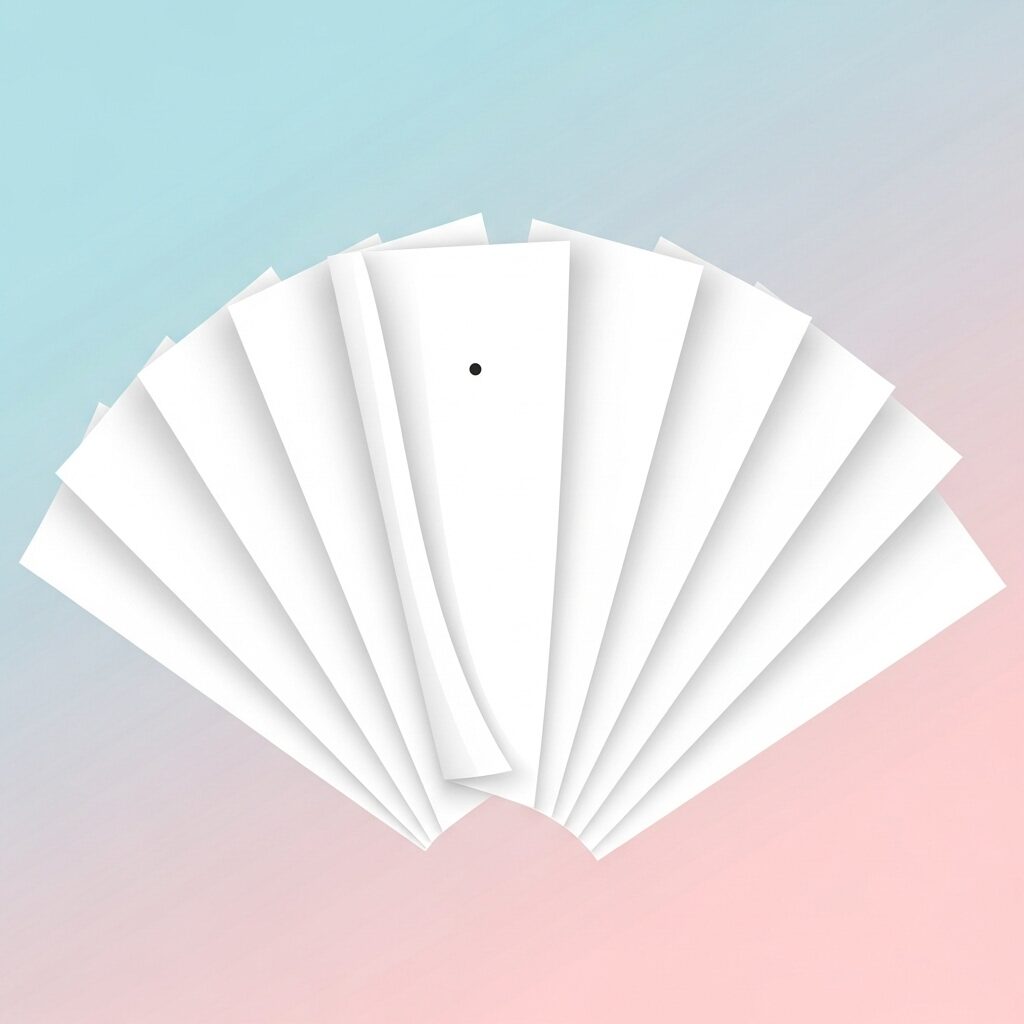
Breast tissue shows up white on X-rays, and so do cancers or calcifications.
If tissues overlap, small abnormalities can get hidden.
👉 Compression spreads the breast thin, reducing overlap so tiny changes become visible.
Analogy:
Stack several sheets of white paper—you can’t see a dot inside. Spread them out one by one, and the dot becomes clear.
Reason 2: Pancake Batter — Creating a Clearer Image
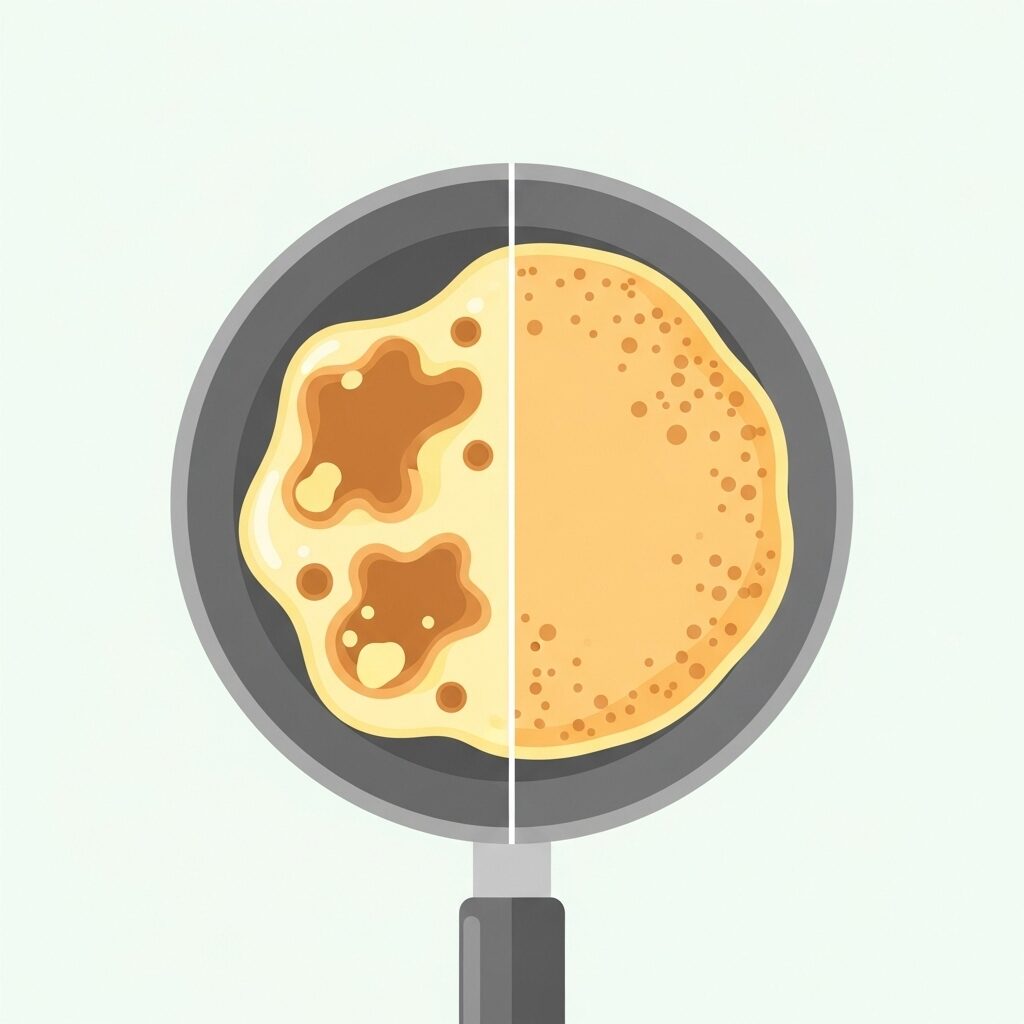
Uneven thickness leads to uneven X-ray penetration—some areas look dark, others too light. This makes diagnosis harder.
👉 Compression evens out the breast, creating a uniform image.
Analogy:
Pour pancake batter into a pan—if uneven, it cooks patchy. Spread it evenly, and the color comes out smooth.
Reason 3: Shadow Puppets — Sharpening the Details
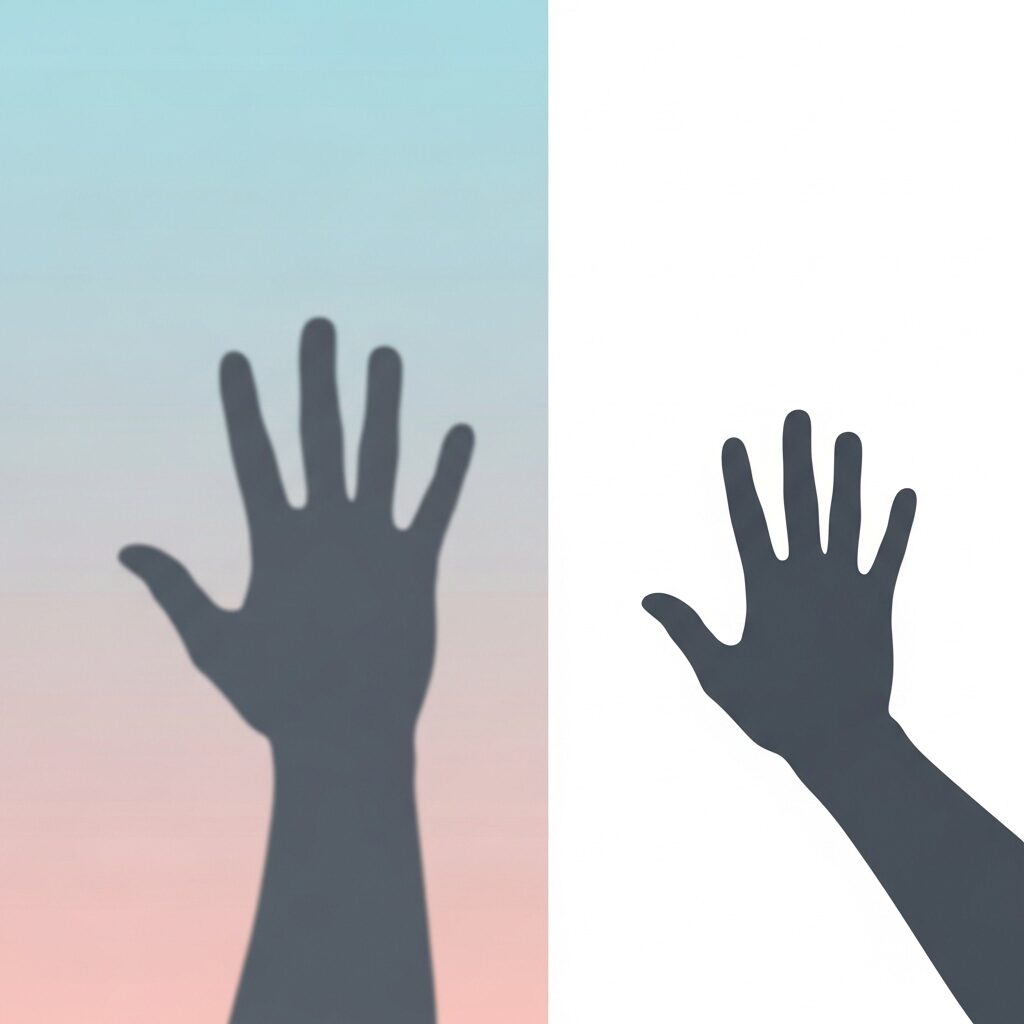
The thicker the breast, the further tissue is from the detector, making edges blurry.
👉 Compression thins it out, bringing tissue closer to the detector for sharper details.
Analogy:
Hold your hand far from the wall—the shadow blurs. Move it close, and the fingers look crisp.
Reason 4: Tripod for Night Photography — Preventing Motion Blur
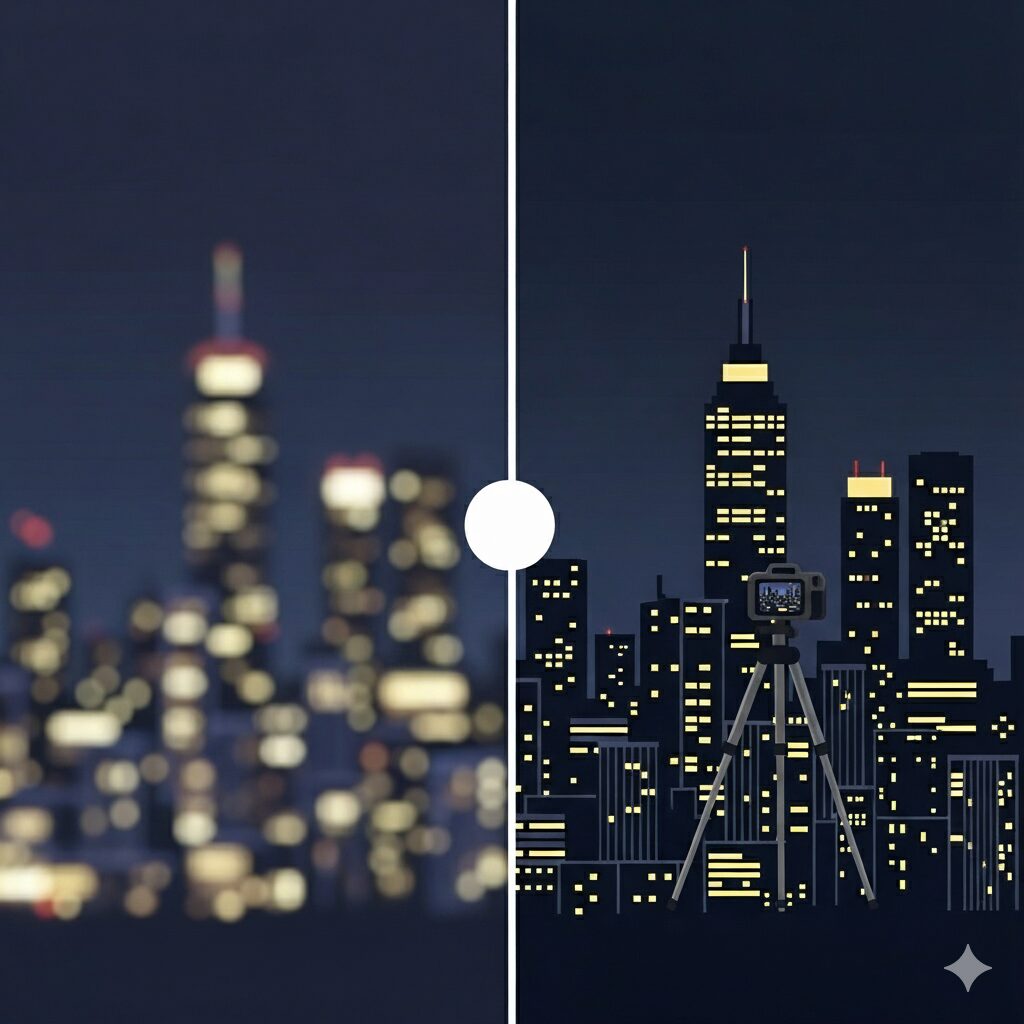
Even though the exposure is short, your body never stops moving completely. That tiny motion can blur the image.
👉 Compression stabilizes the breast, preventing blur.
Analogy:
Take a night photo handheld—it smears. Use a tripod, and every light point shines clear.
Reason 5: Dictionary vs. Magazine — Reducing Radiation Dose
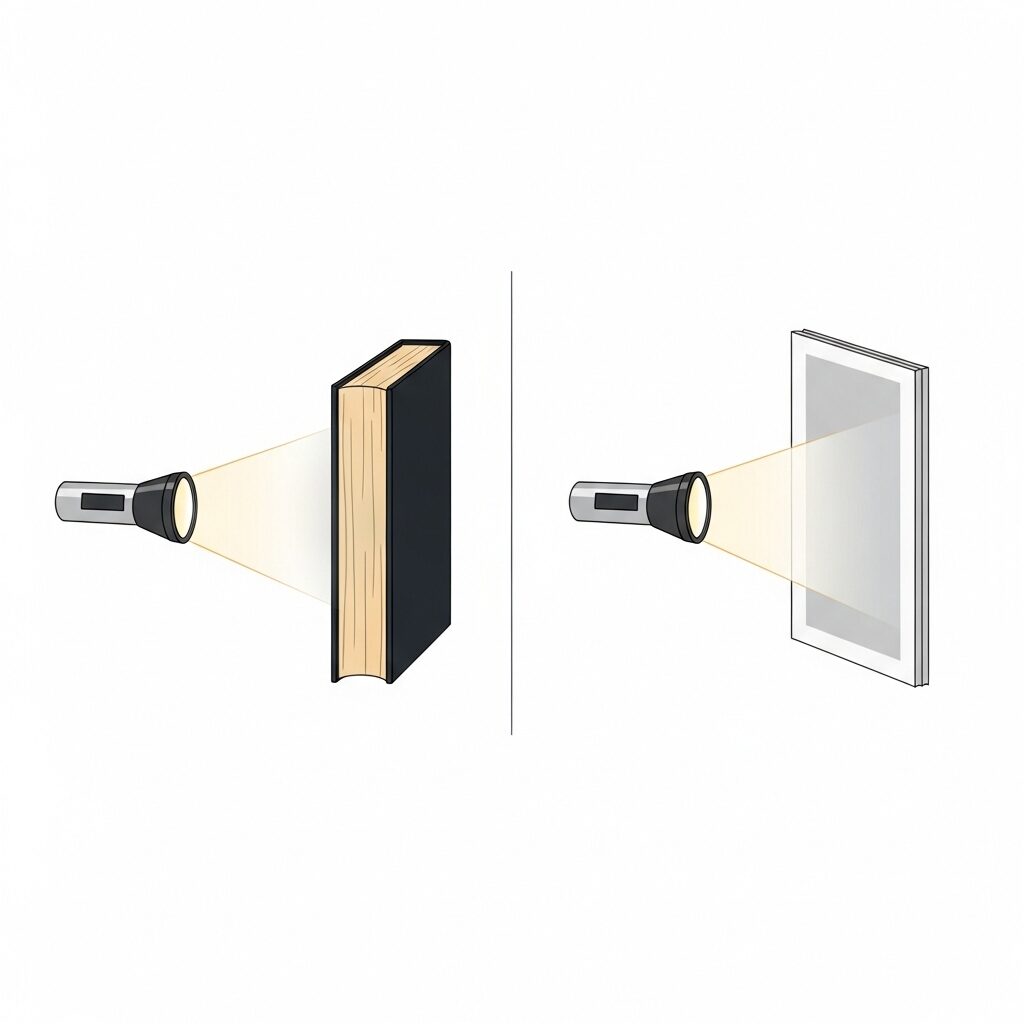
This is crucial: thinner breasts need much less radiation.
👉 Just 1 cm thinner = about half the radiation dose.
Compression isn’t only about accuracy—it’s also about safety.
Analogy:
Shine a flashlight through a thick dictionary—it barely passes. Through a thin magazine, even a weak light goes through.
■Others
Radiation Facts You Should Know
- One mammogram: 0.05–0.15 mSv
→ About the same as flying Tokyo–New York round trip
→ Less than 1/20 of natural yearly background radiation (≈2.4 mSv)
✨ Key point: Even 1 cm thinner = 50% less dose.
Compression protects both accuracy and safety.
What Happens Without Compression?
- Small cancers hidden in dense tissue
- Blurry, uneven images
- Higher radiation dose
👉 Compression is not just pain—it’s a tool for precision and protection.
1-Minute Recap
- Spread thin → Easier to spot hidden cancers
- Even out → No image patchiness
- Bring closer → Sharper details
- Hold still → Prevent motion blur
- 1 cm thinner → Half the radiation dose
Final Words: A Few Seconds That Protect Your Future
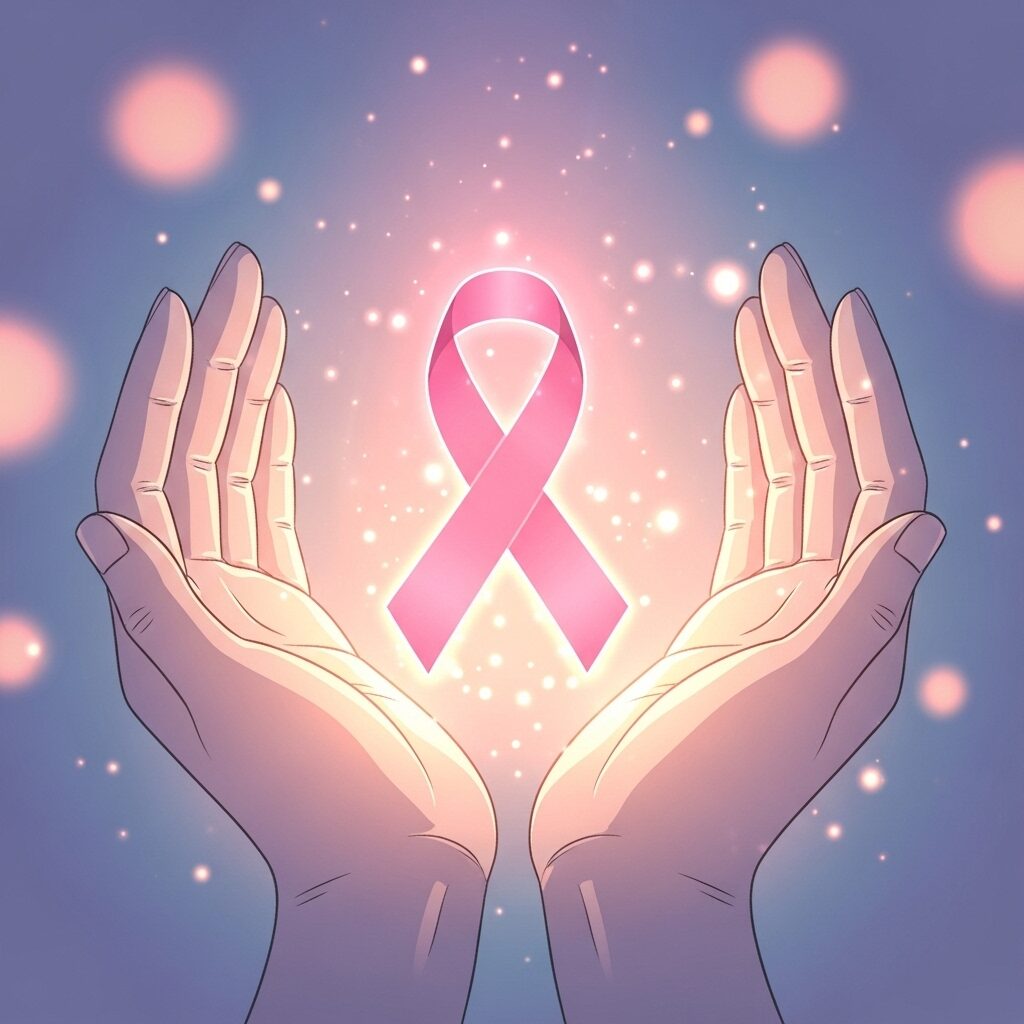
“The pain lasts only seconds.”
But those seconds give you images that may bring years of安心 (peace of mind).
Breast cancer is a disease that, if found early, can be cured.
So instead of thinking of compression as “torture,” think of it as a few seconds that protect your future.
👉 Now that you know the reasons, I hope you’ll find the courage to keep up with your checkups.
That step brings安心 not just to you, but also to your loved ones.
【50s Man’s Quick Recap】
- White paper → Less tissue overlap
- Pancake batter → Clear image
- Shadow puppets → Sharp edges
- Tripod → No blur
- Dictionary vs. magazine → Less radiation
👉 Just knowing “1 cm thinner = half the dose” might ease your mind.
■Related posts
- A 50-Year-Old Man’s Journey: No More Fear! Easier Prep with Colon CT
Colon CT as a gentler, less stressful option for colorectal cancer screening.- 【50s Men’s Health】A New Era in Checkups: PCCT for “Low Radiation × High Precision”
Exploring the latest CT technology designed to minimize radiation while delivering sharper images.- 🦷 A 50-Year-Old Man’s Challenge with Dental Implants (Part 1)
A candid account of facing medical fears—lessons about pain and anxiety that also resonate with mammography.
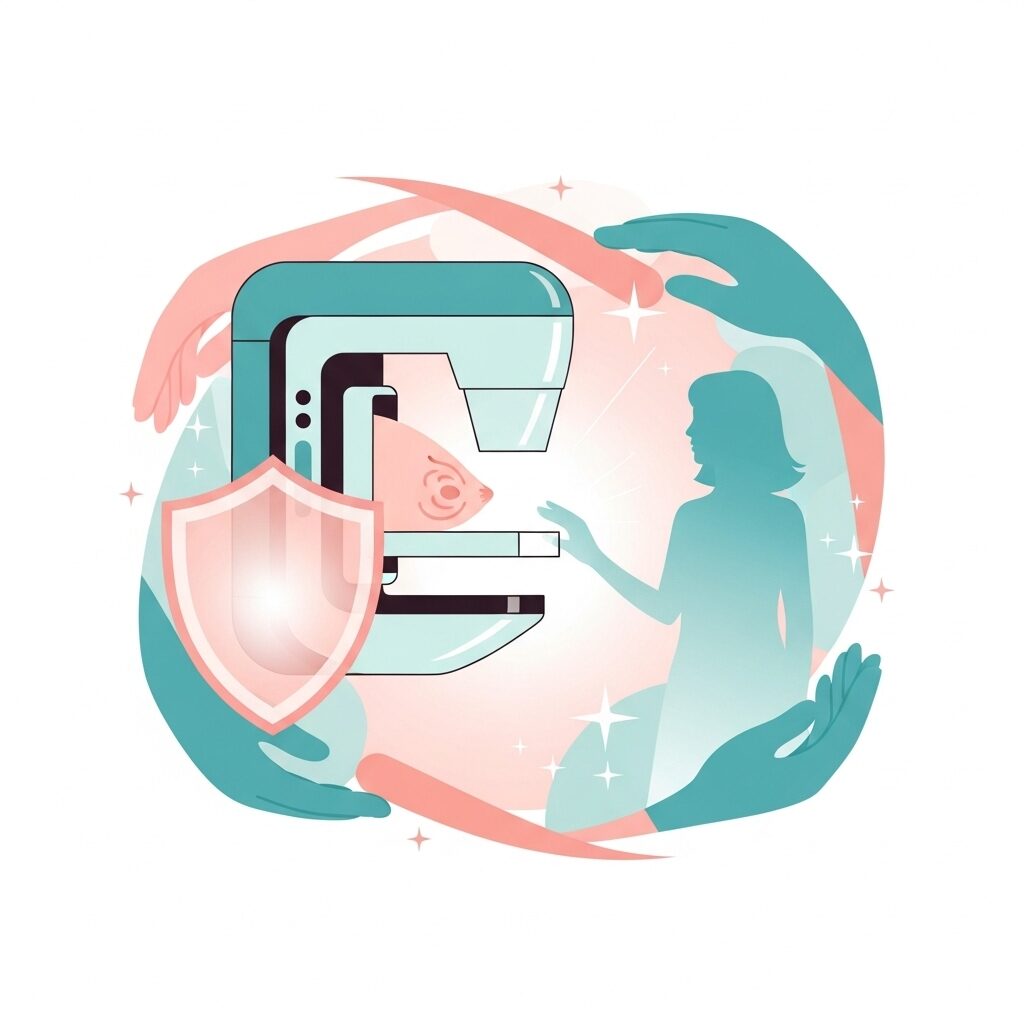


コメント